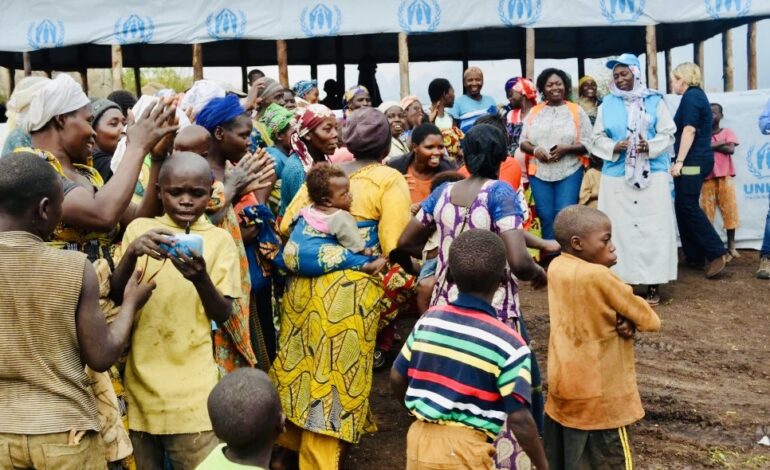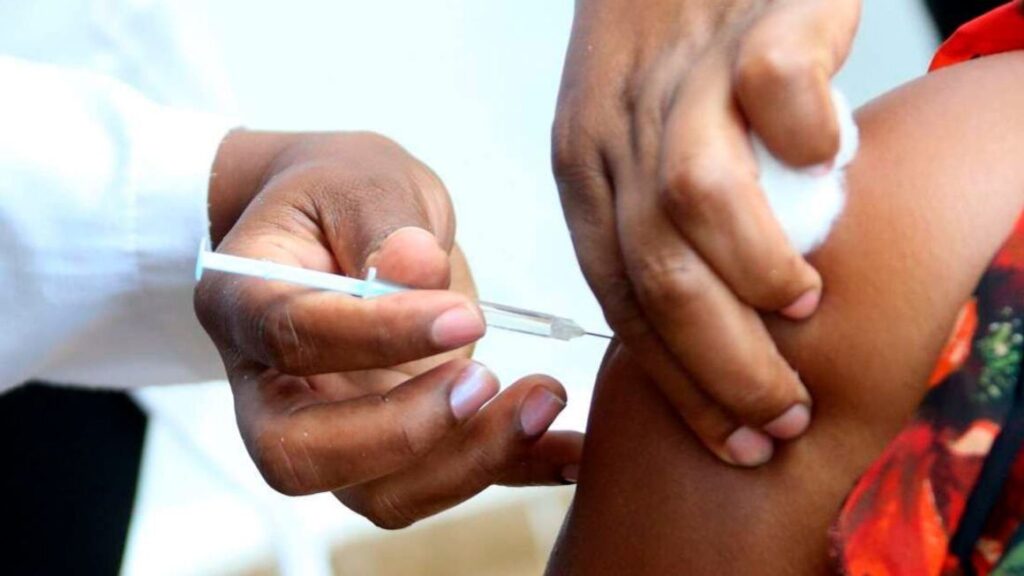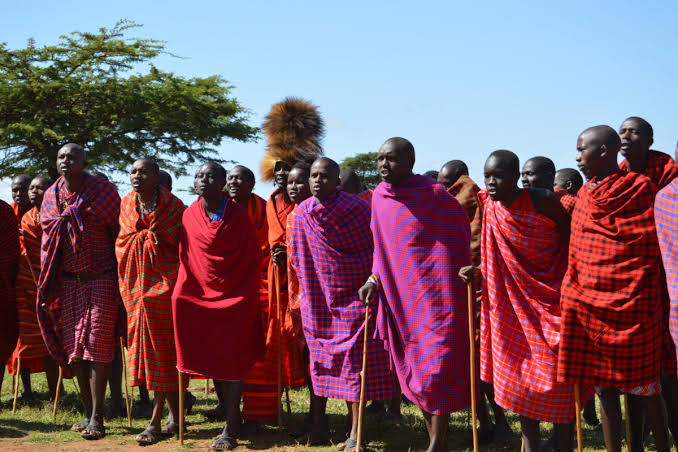
Renson Mwakandana
As the area struggles with a fresh outbreak of Covid-19, the current surge of unrest in eastern DR Congo has prompted a new stream of refugees to flee to Uganda.
Since January, more than 62,000 Congolese refugees have entered Uganda; the number has risen recently as a result of the resumption of hostilities between M23 rebels and government troops.
The bulk of the refugees, according to the Uganda Red Cross, are not Covid-19 immunized.
At reception facilities close to the border, refugees are screened for several illnesses, including Covid-19, according to the UNHCR procedure. However, it has proven difficult to manage the movements of individuals arriving from the DRC since many of them choose to stay near the border rather than proceed to reception centers for screening while they wait for the violence to stop.
Irene Nakasiita, a spokeswoman for the Uganda Red Cross, said on Thursday that many people build temporary shelters near the border where they interact with the local populations out of fear of being treated as refugees.
According to official statistics, Uganda had given out 21.7 million doses of vaccine by Thursday, of which 16 million were single doses and 10 million double doses.
Aiming to vaccinate 21.9 million individuals, or 49% of the population, is the country’s goal.

Ugandan health officials are concerned about the migrants’ potential health risks even though there is no official data on the number of Covid-19 instances that have been found among the refugees.
The National Planning Authority predicts that by the end of this week, there will be more than 1,000 new infections, with a daily average of 98 new cases as of Wednesday.
In East Africa, Covid-19 incidence has been increasing as government vaccination initiatives have stalled.
As of Thursday, last week, Kenya’s positive rate was 12 percent, which the World Health Organization deemed dangerous enough to warrant a lockdown. The government has now mandated the use of masks in crowded areas and on all forms of public transportation.
According to Tanzania’s Health Ministry, the country had 68 Covid-19 instances during April and May; from May 5 to June 4, however, there were 161 new cases, a 100 percent increase.
Health experts in Uganda blame a shortage of medical workers, logistical difficulties, and a lack of knowledge for the poor vaccination uptake, particularly in rural regions where many still refuse the shot.
Dr. Aceng stated in a Cabinet report released on Monday that, “the low rate of utilization of the vaccines started when the third wave was controlled and the economy reopened in January 2022, which affected the seriousness of the risk perception. This was compounded by myths and misconceptions on social media and worsened by negative activists who are decampaigning vaccination.”

However, the governments of Kenya and Uganda are promoting vaccination rather than implementing lockdowns to limit the diseases.
Plans to immunize students in Uganda were put on hold when officials from the ministry of education opposed the idea, claiming that schools are not designated as health institutions.
Although the Health Ministry has stated that no kid would be immunized without the agreement of parents, many parents are still opposed to the concept of immunizing their children and worry that they may be forcedly shot in school.
“We are surely going to vaccinate the children but from ages 12 to 17 only during the holidays and their parents have consented. We shall give them the Pfizer vaccine,” remarked Emmanuel Ainebyona, spokesman for the Health ministry.





